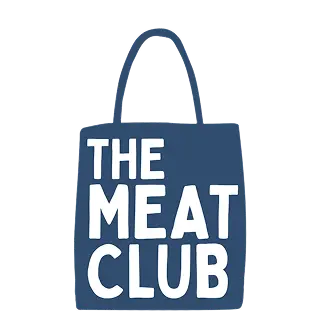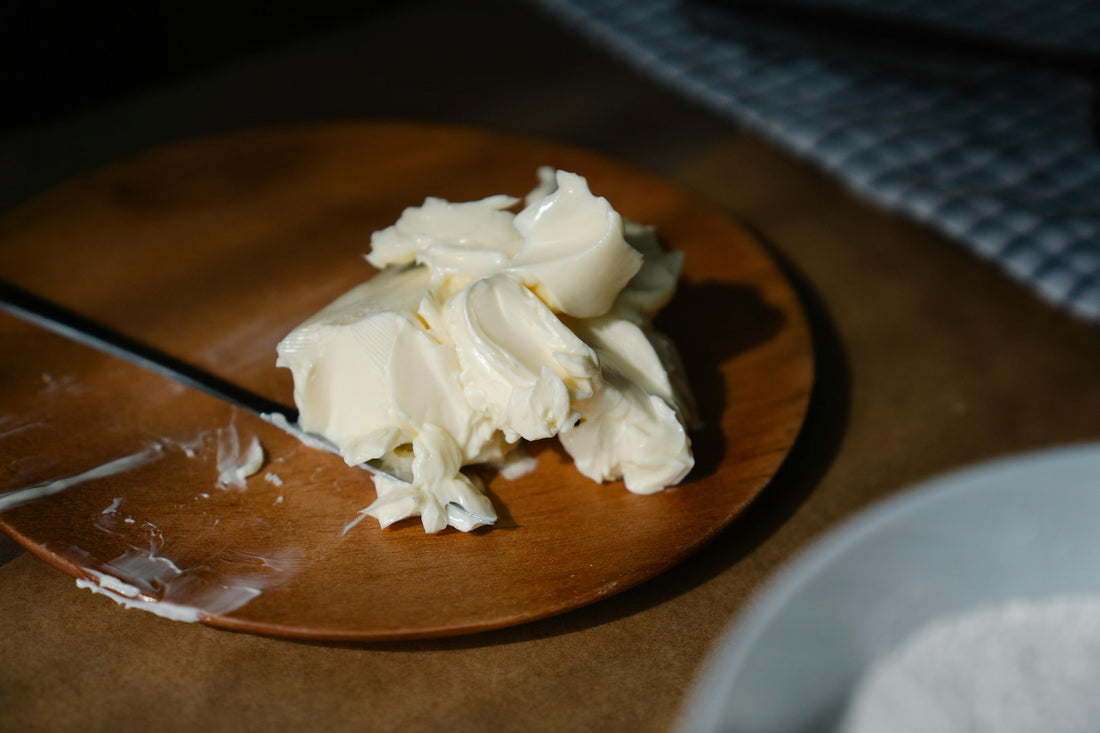Wagyu beef tallow is a luxurious cooking fat derived from the highly prized Wagyu cattle, known for their exceptional marbling and flavor. In this article, we will explore what tallow is, the unique qualities of Wagyu beef tallow, its health benefits, and various culinary and non-culinary uses.
Tallow has made a significant comeback in modern kitchens, appreciated for its rich flavor and versatility. Wagyu beef tallow stands out due to its unique source and superior quality.

Discover Wagyu Beef Tallow, a Premium Version of Beef Tallow
Tallow is rendered fat from beef, primarily sourced from the suet of cattle. Tallow is also commonly known as beef fat. To produce beef tallow, the process involves slowly cooking the fat to separate it from connective tissues and impurities, resulting in a solid fat that is shelf-stable at room temperature. Tallow has been used historically for cooking, baking, and even as a base for candles and soaps
Wagyu beef tallow specifically comes from Wagyu cattle, a breed renowned for its high-fat content and exceptional marbling. The fat from these Wagyu cows are particularly rich and buttery, contributing to the unique flavor profile of Wagyu beef tallow. This type of tallow or beef not only enhances the taste of dishes but also adds a luxurious texture that elevates culinary experiences.
How is Wagyu Beef Tallow Different from Regular Beef Tallow?
When comparing Wagyu beef tallow to regular beef tallow, significant differences emerge in their source, flavor, composition, and applications. The primary differences between Wagyu beef tallow and regular beef tallow include:
1. Premium Breed of Cattle
Wagyu beef tallow is derived from Wagyu cattle, a premium breed of cows renowned for its exceptional marbling and rich fat content.
In contrast, regular beef tallow comes from various cattle breeds, offering a more generalized fat profile.
2. Rich Buttery Flavor Profile
Wagyu tallow stands out for its rich, buttery flavor infused with umami. Umami is a Japanese term meaning "pleasant savory taste," is one of the five basic tastes and adds depth and complexity to dishes.
Regular beef tallow, while flavorful, offers a milder and more straightforward beefy taste, lacking the luxurious nuances found in Wagyu tallow.
3. Rich in Healthy Fats
Wagyu tallow is higher in monounsaturated fats, which are often considered heart-healthy fats that can help improve cholesterol levels when consumed in moderation.
Regular beef tallow typically contains a more balanced mix of saturated and unsaturated fats, but it is generally lower in the healthier fats that Wagyu tallow provides.
4. Rich in Omega-3 and CLA
Wagyu tallow is rich in beneficial compounds like omega-3 fatty acids and conjugated linoleic acid (CLA). Omega-3s are known for reducing inflammation, supporting brain health, and improving heart health. CLA, a type of polyunsaturated fat, has been linked to reduced body fat and improved metabolic health.
Regular beef tallow has a basic nutrient profile and contains fewer of these beneficial fatty acids making Wagyu beef tallow potentiall healthier than regular beef fat.
5. Suitable for Gourmet Cooking
The luxurious nature of Wagyu tallow makes it ideal for gourmet cooking, where its rich flavor and velvety texture can enhance dishes like roasted vegetables, premium steaks, or high-end pastries.
Regular beef tallow, while versatile, is better suited for everyday cooking, such as frying, sautéing, or making pie crusts, where an intense flavor is not the priority.
More Health Benefits of Wagyu Beef Tallow
Wagyu beef tallow offers several health benefits:
- Nutrient-Dense: Wagyu tallow contains essential fat-soluble vitamins A, D, E, and K, which are crucial for immune function and overall health.
- High Smoke Point: Its smoke point ranges around 400°F (204°C), making it suitable for high-temperature cooking without breaking down or producing harmful compounds.
- Supports Keto Diets: Being carb-free and high in healthy fats makes Wagyu beef tallow an excellent choice for those following ketogenic or low-carb diet.

What You Can Make with Wagyu Beef Tallow
Wagyu beef tallow can be utilized in various culinary applications including cooking and baking, culinary enhancements and can also be used for non-culinary purposes.
1. Wagyu Beef Tallow is Perfect for Cooking & Baking
- Searing meats (steaks, pork chops)
- Frying (chicken wings, fish)
- Roasting vegetables (potatoes, Brussels sprouts)
- Baking (flaky pastries like empanadas)
2. Act as Culinary Enhancements
3. Non-Culinary Uses of Beef Tallow
- Making candles
- Crafting soaps
- Conditioning wooden utensils
- Creating skin salves or balms due to its moisturizing properties.
Unlike many processed oils, beef tallow is free from artificial additives or preservatives, making it a natural and wholesome choice for cooking and baking. It aligns with clean-eating philosophies and traditional cooking methods. Wagyu beef tallow can be a healthier substitute for many common fats and heavily processed vegetable oils.
Read more: Difference Between Animal Fats and Plant-based Oils
Conclusion
In conclusion, by incorporating Wagyu beef tallow into your cooking, you can enjoy both its luxurious flavor and its nutritional advantages for culinary and non culinary use. .
Get Your Wagyu Beef Tallow in Singapore
The Meat Club's Diamantina Wagyu Beef Tallow is an excellent choice for those looking to try new ways in their cooking by replacing other types of fats and oils. If you’re looking for Wagyu tallow that is ethically sourced from Queensland, Australia’s farm, our Wagyu beef tallow is your top choice in Singapore. Get it while stocks last!

